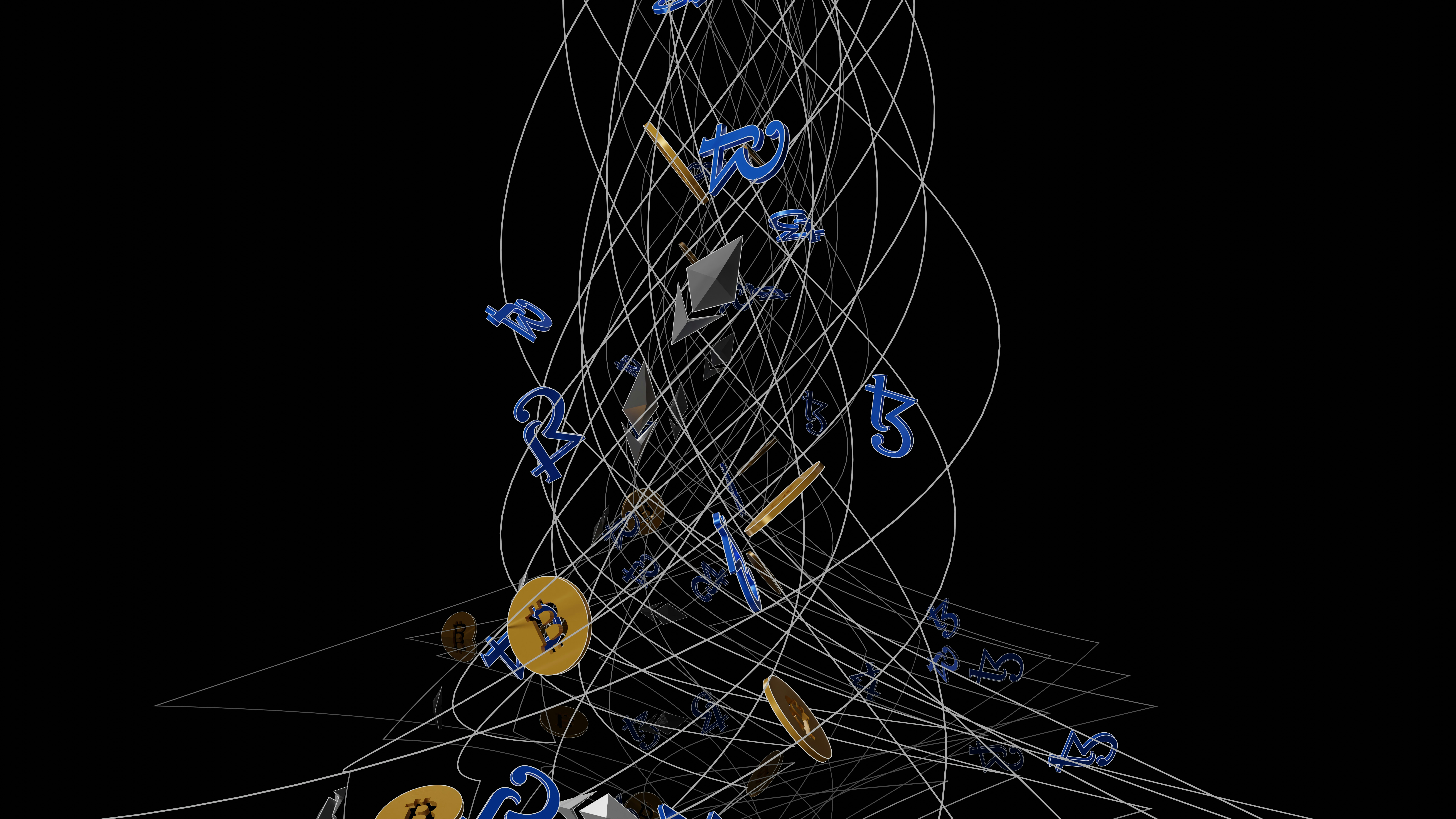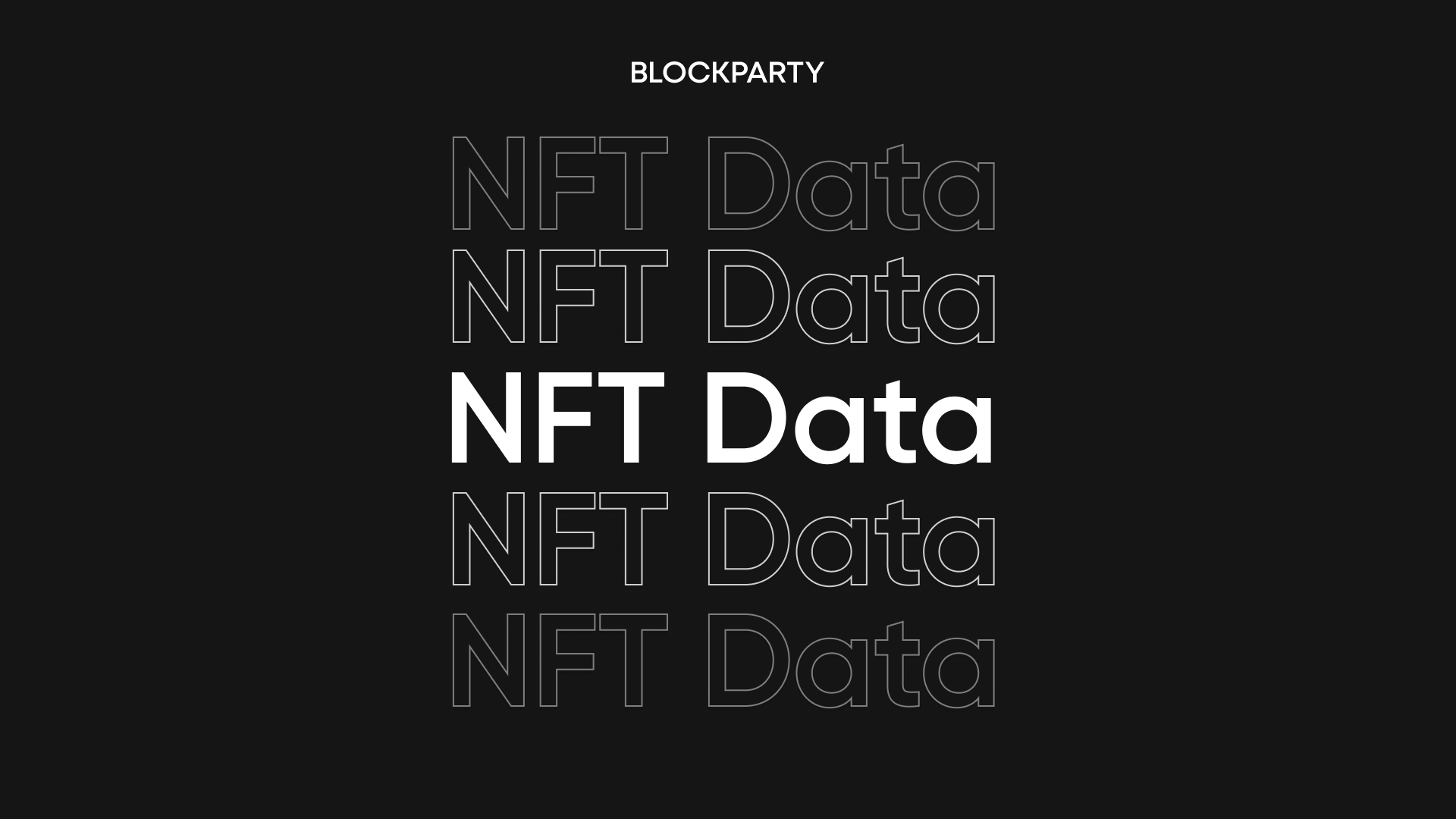Buying and Selling NFTs: The Role of NFT Marketplace Aggregators
By
Blockparty
07 September 2023
We dive into the role of NFT aggregation platforms in promoting interoperability between marketplaces and how they can benefit buyers and sellers.
It is often speculated that the future of blockchain will consist of a series of interconnected apps and services that interact seamlessly with each other, enabling the fluid transfer of assets and information regardless of their native chain. We’re already beginning to see this concept gain serious momentum as interoperability cements itself at the forefront of cryptocurrency innovation.
In the ever-expanding, oversaturated NFT market today, interoperability will play a vital role in enabling the movement of assets between platforms and uniting an otherwise fragmented ecosystem. NFT marketplace aggregators have set out to do just that.
In this article, we dive into the role of NFT aggregation platforms in promoting interoperability between marketplaces, some notable features that make them unique, and their respective benefits for buyers and sellers.
What is an NFT marketplace aggregator?
Just like Amazon aggregates every conceivable product to one platform, making it easy to buy everything at once, NFT marketplace aggregators do pretty much the same thing with NFTs, making all non-fungible tokens accessible through one unified interface.
In simple terms, NFT marketplace aggregators combine inventory of various NFT marketplaces and platforms and present them in one consolidated platform. This is more convenient for users and provides buyers with a clear picture of the market, allowing them to easily compare NFT prices and acquire NFTs from multiple sources in a single purchase. NFT aggregators mainly focus on the so-called “pro-traders” – people who trade NFTs to earn profits.
In Web3, the concept of aggregation first appeared in the decentralized finance (DeFi) sector, when new platforms emerged to help users find the best exchange rates across the entire DeFi ecosystem. In the NFT space, the aggregation business model is still fairly new, with it first gaining momentum during the acquisition of Gem (by OpenSea) and Genie (by Uniswap). Later, Blur ignited a surge in the model's popularity by rivalling OpenSea to become the top NFT marketplace for “pro-traders.” Orion, Genie, and Rarible are other notable NFT aggregator platforms.
What are the benefits of using NFT marketplace aggregators?
As it stands, the vast majority of NFT marketplaces are centralized and therefore non-cooperative. This leads to an industry structure in which creators are fenced off to specific platforms and buyers often have a difficult time successfully tracking down the NFT launches and releases they are looking for.
Through aggregation, NFTs can launch independently across different platforms but they are also able to be easily discovered and purchased in one place. By combining transactional data from multiple NFT marketplaces, aggregators not only make it much easier for buyers to find exactly what they are looking for but also provide enhanced visibility for NFT collections.
Notable features of an NFT aggregator
Although NFT aggregators closely resemble NFT marketplaces, there are some notable features that set them apart. Let's take a closer look.
-
Cross-Platform Search: As mentioned previously, NFT aggregators display stocks from multiple NFT marketplaces within a single interface, allowing users to avoid switching between marketplaces when trading NFTs.
-
Improves Search Efficiency: Using their search algorithm and sorting mechanism, NFT aggregators allow users to search for any NFT they need using metadata and even natural language. Users can also easily filter NFTs based on price, rarity, collection, or specific attributes, making it easier to find exactly what they are looking for.
-
Trending NFTs: NFT aggregators use smart contract data from block explorers to display NFTs with the highest trading volume - giving traders a heads-up on the most popular NFTs at any given moment.
-
Bulk Purchases: NFT aggregators make it possible for buyers to purchase multiple NFTs that they would have had to chase across multiple marketplaces under one roof. Users can simply stack multiple NFTs and buy them in one go, saving them the stress and extra gas fees.
Closing thoughts
In recent years, Web3 has gradually transitioned from siloed individual networks to a vast interconnected ecosystem, enabling users to transfer value more freely. Thanks to NFT marketplace aggregators, the NFT ecosystem is starting to become more cohesive and easier to navigate for NFT enthusiasts, reflecting a shared vision amongst developers for an interoperable future.


.jpg)
